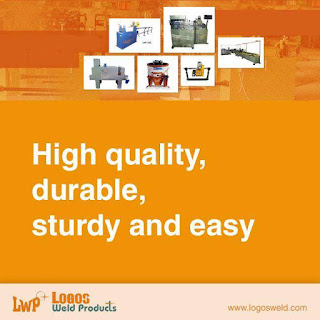Sieving is the process through which unwanted elements are removed from the wanted elements. This surely is a very lose way to describe the process of sieving; because many times this technique is also used to separate particles of various shapes and sizes in order to refine the product. Usually a siever has a net or a mesh in order to screen out the unwanted material.
A sieving machine typically consists of two chambers – one in which the waste/ unwanted materials are collected; another which collects the required material. These machines come in various shapes & sizes and are used depending on the industry of work. Based on their shape and size sieves can be broadly of three types:
- Perforated plate sieves: This type of sieve confirms to the ISO 3310-2 and has a diameter range from 200 to 450 millimeters. The perforated plate sieves have square/ round nominal apertures which ranges from 1 millimeter to 125 millimeters.
- American standard sieves: They are also known as ASTM sieves, as they conform to the ASTM E11 standard. Unlike the perforated plate sieve, ASTM sieves are available in only 8 and 12 inch diameter sizes. Their nominal aperuture ranges from 20 micrometers to 200 millimeters.
- Woven wire mesh sieves: One of the most commonly used sieves, woven wire mesh sieves conform with the ISO 3310-1. Their nominal aperture ranges from 20 micrometers to 3.55 millimeters, and when it comes to their size – these sieves diameter ranges from 100 to 450 millimeters.
As has already been mentioned, based on the end-requirement, sieves are selected and brought into use. According to Logos Weld – leading sieve machine manufacturers in India – it is important that the size and capacity of the work load should be taken into consideration before investing on any such machines. The other important aspects that needs to be paid attention to are:
- The construction of the sieve
- Its design
- The housing should be non-corrosive in nature
- Most of all, the sieve should be easy to maintain
Logos Weld also recommend a sieve analysis test before settling on a sieving machine. A sieve analysis is basically a process through which the
gradation or the size of the particles to be separated can be assessed. This test can be performed on organic as well as non-organic materials. Usually this process is quite widely used in the area of civil engineering. But those belonging to other industries too can make use of this analysis so that they choose an appropriate siever.
For more information on sieving machines you can visit www.logosweld.com or call at +91422 2934784.


















